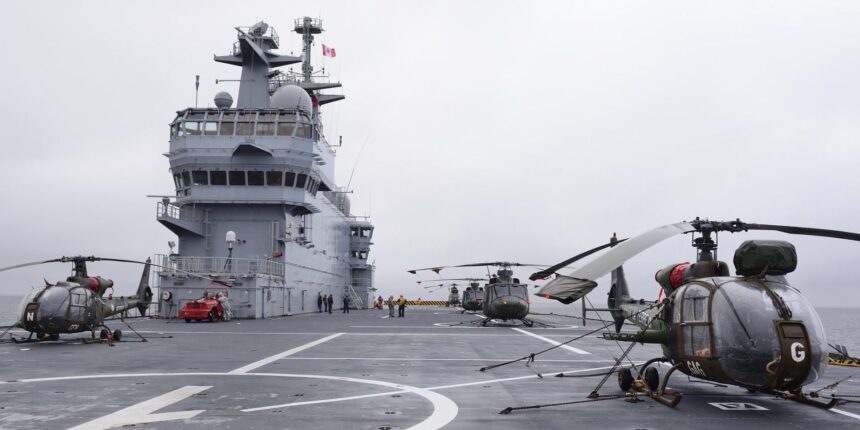In the shadow of Halifax’s historic harbor, where Canada’s naval legacy stretches back generations, an uncomfortable reality is taking shape: the National Shipbuilding Strategy, once heralded as the solution to the Royal Canadian Navy’s aging fleet, has become mired in delays, cost overruns, and bureaucratic complexity that threatens Canada’s maritime security posture.
“We’re watching a slow-motion crisis unfold,” says former naval commander James Richardson, who spent 32 years in service. “The ships we needed yesterday won’t arrive until tomorrow, and that gap creates vulnerabilities we cannot afford in an increasingly contested maritime environment.”
The Canadian Surface Combatant program, the centerpiece of naval renewal efforts, has seen its projected costs balloon from an initial $26 billion to over $60 billion according to Parliamentary Budget Office estimates, while delivery timelines have slipped by nearly a decade. The first vessel, originally expected by 2025, now won’t arrive until at least 2032 – a timeline many defense analysts consider optimistic.
At the Irving Shipyards in Halifax, where construction of these vessels is meant to occur, the situation reflects a broader pattern in Canada’s defense procurement. Workers stand ready, but approvals, design finalizations, and funding mechanisms remain tangled in a web of departmental oversight spanning the Department of National Defence, Public Services and Procurement Canada, and Innovation, Science and Economic Development Canada.
“The issue isn’t primarily technical capability,” explains defense procurement specialist Dr. Margaret Atwood of the Canadian Global Affairs Institute. “It’s our cumbersome procurement system that prioritizes process over outcomes, creating an environment where decision-making becomes paralyzed by risk aversion.”
Meanwhile, Canada’s allies have forged ahead. Australia, facing similar requirements, has already commissioned three Hobart-class destroyers while implementing a continuous naval shipbuilding program that delivers vessels at regular intervals. The United Kingdom’s Type 26 program, using the same base design Canada selected, is progressing with greater momentum despite parallel economic challenges.
The consequences extend beyond military readiness into economic and political realms. The shipbuilding strategy was designed to revitalize Canadian maritime industries and create high-skilled jobs. While employment has increased at shipyards, the stop-start nature of approvals creates instability and prevents the development of the consistent expertise needed for efficient production.
“Each delay introduces new costs,” says economist Thomas Mulcair, who specializes in defense economics. “When we delay major procurements, we lose skilled workers, our technology becomes outdated, and inflation erodes buying power. The $60 billion we’re projecting now will likely grow larger with each passing year.”
Internal documents obtained through Access to Information requests reveal a pattern of warning signs ignored. Naval staff repeatedly flagged aging equipment risks and capability gaps dating back to 2012, with increasingly urgent language about fleet readiness in 2018 and 2020 memos that predicted precisely the situation now unfolding.
The Arctic Offshore Patrol Ships program offers both cautionary tales and potential lessons. While delivered years late and at higher costs than initially projected, the program has now successfully launched three vessels with improved efficiency on each subsequent ship – suggesting that momentum, once established, can drive improvement.
For coastal communities reliant on naval bases and shipbuilding, the impacts of these delays ripple through local economies. Halifax, Victoria, and Vancouver all host significant naval infrastructure, with thousands of direct and indirect jobs tied to naval operations and shipbuilding.
“We need to fundamentally rethink how we approach major procurements,” argues former Parliamentary Budget Officer Kevin Page. “The current system fragments accountability across departments, creates perverse incentives to underestimate costs initially, and lacks the necessary expertise to effectively negotiate with sophisticated global defense contractors.”
As Canada faces growing tensions in the Arctic, increasing submarine activity from Russia and China in its territorial waters, and evolving commitments to NATO and Indo-Pacific security, the question becomes increasingly urgent: in a world where maritime security threats are accelerating, can Canada afford a procurement system that moves at a glacial pace?

























